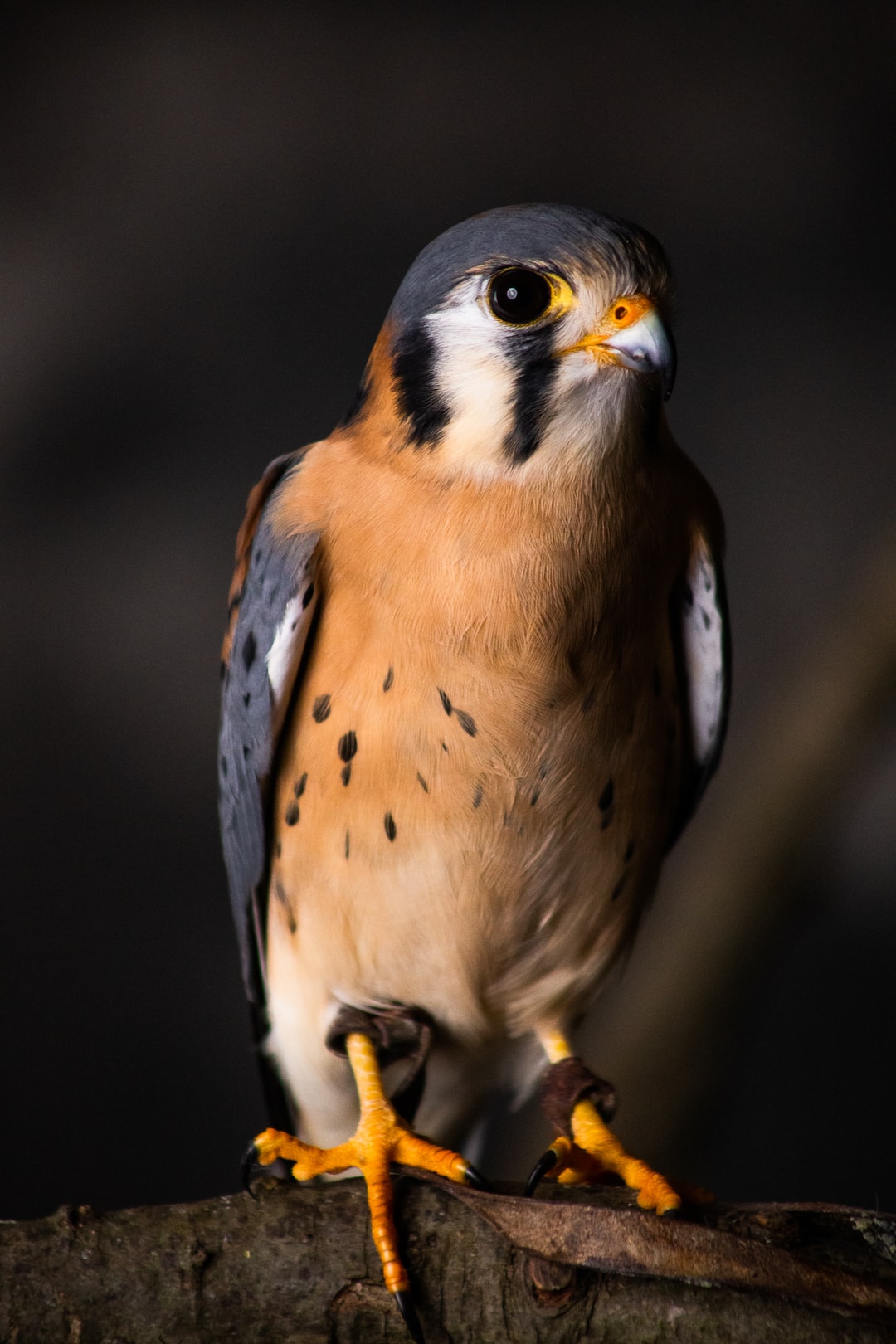Fascinating Animal Adaptations in the Wild
The natural world is filled with incredible creatures, each uniquely adapted to survive and thrive in their respective environments. From the tallest trees to the deepest oceans, animals have developed fascinating adaptations that help them excel in their habitats. In this blog post, we will explore some of the most incredible animal adaptations found in the wild.
1. Chameleon’s camouflage: The chameleon is known for its remarkable ability to change color. This adaptation allows it to blend seamlessly into its surroundings, making it an elusive predator and avoiding potential threats. By adjusting the pigments in its skin, the chameleon can match the colors and patterns of the objects it rests on, giving it a remarkable ability to hide in plain sight.
2. Arctic fox’s warm coat: Living in freezing arctic conditions, the Arctic fox has developed a thick, white coat that acts as a perfect insulator against the cold. During the winter, its fur changes color to blend in with the snowy surroundings, keeping it hidden from predators. Additionally, its paws are covered in fur, providing extra insulation and grip on the icy terrain.
3. Giraffe’s long neck: The giraffe’s most recognizable feature, its long neck, is a remarkable adaptation that allows it to reach leaves in tall trees. While other herbivores would have to compete for food at lower levels, the giraffe can effortlessly feed on higher branches. Its neck, supported by powerful muscles and a unique set of blood vessels, allows it to reach heights unreachable by other animals.
4. Spotted hyena’s powerful jaws: The spotted hyena’s strong jaws are an adaptation essential for survival. These powerful jaws enable them to crush bones, even those of large animals. Being able to consume almost every part of an animal’s carcass, including bone marrow, gives them a distinct advantage in scavenging and reduces competition for food in their environments.
5. Kangaroo’s powerful legs: Native to the Australian Outback, kangaroos have evolved powerful hind legs perfectly suited for hopping. This unique adaptation allows them to cover vast distances efficiently while conserving energy. They are capable of reaching speeds of 35 miles per hour and can leap up to 30 feet in a single bound. Their robust tails provide balance and act as a powerful weapon if threatened.
In conclusion, the natural world is a testament to the incredible diversity of life and the remarkable adaptations animals have developed to survive. From blending into their surroundings to obtaining food in challenging environments, animals have honed their skills over millions of years of evolution. Studying and appreciating these adaptations not only provides fascinating insights into the animal kingdom but also highlights the fragile balance of ecosystems and the importance of conserving these habitats for present and future generations.

